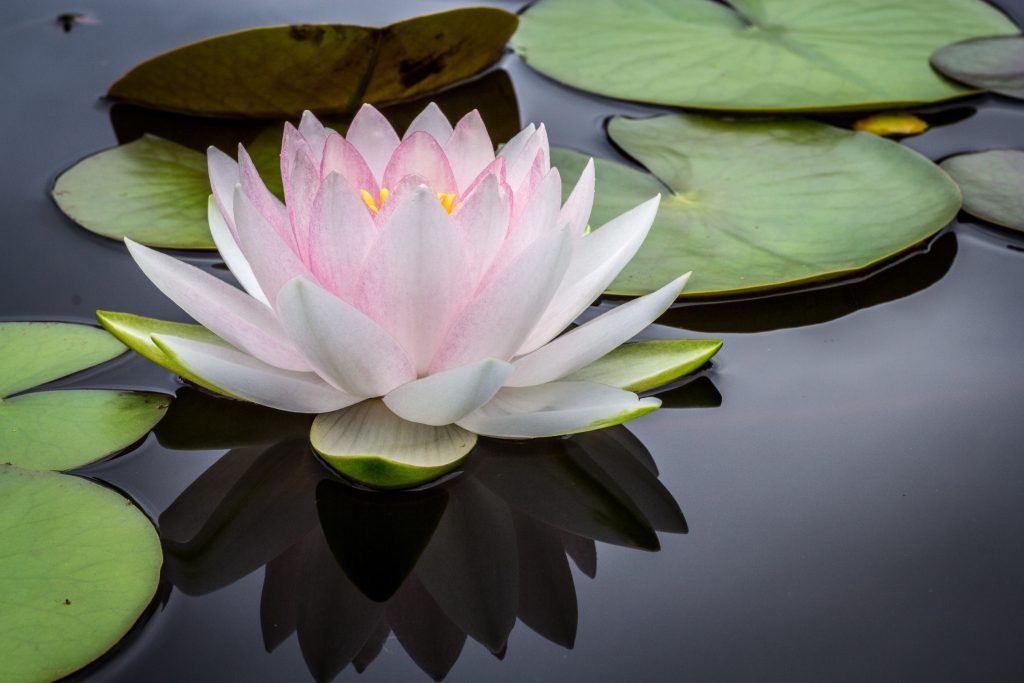
For many individuals, the concept of mindfulness is synonymous with practices like meditation and visualization. However, what happens when visualization doesn't work for you? How can you still cultivate mindfulness and reap its benefits? In this blog post, we will explore alternatives to traditional mindfulness practices for those who struggle with visualization or meditation. From tailoring the techniques to the individual to incorporating EMDR therapy, there are plenty of options to explore. Let's dive in and discover new ways to embrace mindfulness.
Understanding the Challenges of Traditional Mindfulness Practices

Traditional mindfulness practices like meditation and visualization are celebrated for their benefits in enhancing mental well-being and promoting a state of calm. However, these methods aren't universally effective, posing unique challenges for some individuals. For those who find it difficult to generate mental images, the common visualization techniques can feel frustrating and exclusionary. Similarly, meditation, with its emphasis on stillness and quieting the mind, can be daunting for people who experience restlessness or have an overactive mind.
This discrepancy highlights a crucial point: mindfulness is not a monolithic practice. It is a varied landscape of techniques, each with its own set of obstacles for different people. Recognizing and acknowledging these challenges is the first step toward opening the door to a broader understanding of mindfulness. It underscores the necessity of exploring a range of practices that can accommodate diverse experiences and preferences. As we navigate through these challenges, it becomes evident that flexibility and adaptability in our approach to mindfulness can lead to a more inclusive and beneficial experience for all.
The Importance of Tailoring Mindfulness to the Individual

Mindfulness is not a one-size-fits-all journey. Each person's experiences, challenges, and preferences shape how they can best engage with mindfulness practices. Recognizing this diversity is essential in making mindfulness accessible and effective for everyone. If traditional methods like visualization don't align with your abilities or preferences, it's crucial to remember that this doesn't exclude you from practicing mindfulness. Instead, it invites an opportunity to get creative and explore other techniques that might resonate more deeply with you.
Exploring different mindfulness practices is an act of self-compassion and personal understanding. Whether it's through mindful movement practices such as yoga or tai chi, focusing on the sensations of your breath, or engaging in daily activities with full awareness, there are myriad ways to cultivate mindfulness. The goal is to find practices that not only accommodate your needs. You must also enrich your daily life with moments of presence and awareness.
Engaging with practices that are in harmony with your individual needs can transform your mindfulness journey. This can be from one of frustration to one of discovery and growth. By remaining open to experimentation, you give yourself the space to uncover practices that support your well-being. This can lead to a deeper sense of mindfulness. This personalized approach ensures that your mindfulness practice is not only sustainable but also a source of joy and discovery in your life.
Practical Mindfulness Techniques Without Visualization
Exploring mindfulness beyond visualization opens up a wealth of possibilities for engaging with the present moment in a meaningful way. For those who find it challenging to conjure mental images, focusing on tangible, sensory experiences can serve as an effective alternative. One simple yet powerful technique is mindful listening. This practice involves paying full attention to the sounds around you. This can be the rhythmic patter of rain, the distant hum of traffic, or the subtle shifts in a room. By tuning into the auditory landscape, you can anchor yourself in the now without the need for visualization.
Another approach is to engage in tactile activities that ground you in the physicality of the present. Activities such as kneading dough, playing with clay, or even the act of cleaning can become mindfulness exercises. Just approach it with full awareness of the sensations in your hands and the movements of your body. These activities offer a direct pathway to mindfulness by leveraging the sense of touch, drawing your focus away from the whirlwind of thoughts and into the realm of tactile experience.
Mindful eating presents yet another avenue for cultivating mindfulness without visualization. By slowing down and truly savoring each bite, paying attention to the textures, flavors, and aromas of your food, you transform a routine activity into a deliberate practice of presence. Each of these techniques provides a unique way to experience mindfulness. It emphasizes the richness of the present moment through the senses rather than through visual imagery.
The Role of EMDR in Achieving Mindfulness
EMDR (Eye Movement Desensitization and Reprocessing) offers a unique contribution to the mindfulness journey, especially for individuals grappling with trauma. Although it primarily serves as a therapeutic tool for processing traumatic memories, its benefits extend to enhancing mindfulness. EMDR facilitates a deep engagement with the present moment. This is done by addressing and healing the emotional distress that can tether the mind to past events. This therapeutic process encourages an increased awareness and acceptance of one’s emotional state and thought patterns. It lays the groundwork for a more mindful way of living.
Through bilateral stimulation, typically involving eye movements, EMDR helps to unlock emotional processing that may be stuck, allowing individuals to experience relief from emotional blockages. As these blockages are addressed, individuals often find it easier to access states of mindfulness. This is due to their capacity for emotional regulation and presence in the now that is significantly improved. Engaging in EMDR therapy under the guidance of a skilled practitioner not only aids in the healing of past wounds but also enriches the pursuit of mindfulness by fostering a deeper connection with the self and the surrounding world.
Incorporating Mindfulness into Daily Activities

Integrating mindfulness into the fabric of everyday life can transform mundane tasks into opportunities for presence and awareness. Instead of seeing activities like brushing your teeth, taking a shower, or commuting to work as mere chores or routines, view them through a mindfulness lens. Focus on the feel of the toothbrush against your gums, the water cascading over your skin, or the rhythm of your footsteps. Each action offers a chance to ground yourself in the current moment.
Notice the colors, sounds, and sensations around you without judgment. Pay attention to your breathing as you move through these tasks. Allow each breath to bring you closer to a state of calm and focus. This practice doesn't require extra time out of your day but simply a shift in perspective and intention. By embedding mindfulness into these daily activities, you create a continuous thread of awareness throughout your day. This can make mindfulness an accessible and seamless part of your life.
Mindfulness Apps and Tools That Don't Rely on Visualization
In our technologically advanced world, a vast array of mindfulness resources is available at our fingertips. They are designed to cater to those who may not find visualization-based practices accessible or effective. Various applications and digital platforms provide a wealth of guided exercises, focusing on techniques such as mindful breathing, auditory practices, and body scans that do not require the user to visualize but instead to tune into other senses or aspects of their experience.
For example, Insight Timer features a wide range of mindfulness and meditation sessions focusing on sound. It has thousands of guided audio meditations from practitioners around the globe. Similarly, Headspace offers sessions centered on mindful techniques like noting and body scanning. This encourages users to pay attention to their thoughts, feelings, and physical sensations without the need to visualize. The Calm app also provides a plethora of mindfulness exercises, including daily calm sessions and sleep stories, that focus on the auditory experience and the practice of being present through listening and sensing.
These tools not only support those who prefer or require alternatives to visualization-based mindfulness but also enhance accessibility. It allows users to explore mindfulness in a way that aligns with their personal preferences and needs. By integrating these apps and tools into your mindfulness practice, you can discover new pathways to presence and awareness without relying on visual imagery.
The Benefits of Non-Traditional Mindfulness Practices
Embracing non-traditional mindfulness practices offers a multitude of advantages for those seeking alternatives to visualization and conventional meditation. These practices encourage an exploration of mindfulness through diverse sensory experiences and activities. This allows for a broader understanding and appreciation of the present moment. By engaging in mindfulness techniques that utilize sound, touch, or mindful movement, individuals can discover a deeper connection to their environment and inner self.
This inclusive approach ensures that mindfulness is accessible to everyone, regardless of their ability to visualize or sit in meditation. It promotes a sense of grounding and awareness that is both practical and profound, integrating seamlessly into everyday life. As you embark on this varied mindfulness journey, you will likely notice an enhancement in your capacity for emotional regulation, stress reduction, and overall well-being. The flexibility and adaptability of non-traditional mindfulness practices make them a valuable resource for cultivating a peaceful mind and a more mindful life, tailored uniquely to each individual's path.